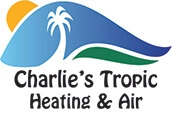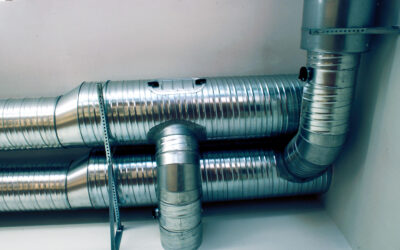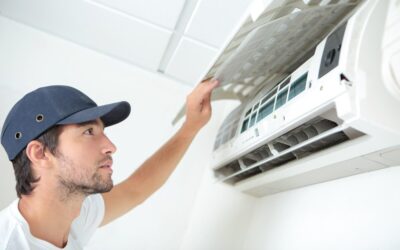Step 2: The professional audit
After you conclude your home energy audit, you’re bound to feel a sense of accomplishment – as well you should. You’ve made an important step toward improving your home’s energy efficiency.
As you organize your notes, you might wish to fortify the results by seeing how your home’s energy use measures up to similar homes by submitting to the U.S. Department of Energy’s Home Energy Yardstick assessment. It can:
- Give you insights into how much of your home’s energy use is related to heating and cooling versus other everyday uses, such as lighting and hot water
- Estimate your home’s annual carbon emissions
- Give your home a home energy yardstick score of 0 to 10
- Provide tips on how to increase your home’s score and reduce your gas and electric bills
Gather your utility bills for the last 12 months, pull up a chair and get started. (https://www.energystar.gov/index.cfm?fuseaction=HOME_ENERGY_YARDSTICK.showGetStarted)
Between your home energy audit and your yardstick score, Charlie’s Tropic Heating & Air Conditioning will have plenty of information to conduct our comprehensive, room by room, indoor and outdoor home energy audit. Chances are good that one of our professional auditors will conduct both a blower door test and a thermographic scan of your home. Both are as illuminating as they are downright fun to watch: (http://energy.gov/energysaver/professional-home-energy-audits)
- A blower door is a powerful, variable-speed fan, and it resembles one, too. It measures a home’s airtightness. With all the doors and windows in your home closed, it pulls air out of your home, which lowers the indoor air pressure. Meanwhile, outdoor air flows in through any cracks, gaps or holes. Moving quickly, the auditor works with two pressure gauges: one that monitors the fan’s air flow and another that measures the difference between the pressure indoors and outdoors. To pinpoint air leaks, the auditor uses a smoke pencil or, more likely, a thermal scan. (A smoke pencil emits smoke with the press of a button; the smoke flickers in the presence of air leaks.) Either way, many homeowners are blown away by the findings – and you might be, too.
- Thermography makes use of cameras and infrared video to make images, called thermograms. These pictures help an auditor: locate abnormally hot electrical connections or components; pinpoint air leaks; and determine where a home needs insulation – and later, to ensure that it has been installed correctly. Thermographic scans produce such accurate results that many homebuyers have one conducted before they sign the final papers on a home purchase. (http://www.energy.gov/energysaver/thermographic-inspections)
Once the home energy audit is completed, Charlie’s will provide you with an equally comprehensive report, including our recommendations for energy savings. Sometimes the list is short; sometimes it’s quite extensive. Either way, Charlie’s will help you prioritize the list by assigning an “urgency rating” to each home improvement and exploring if you might be eligible for energy tax credits.
The department of energy says that a professional home energy audit can help homeowners save as much as 30 percent a year on their energy bill. And Charlie’s will do our level best to make the savings happen.




0 Comments